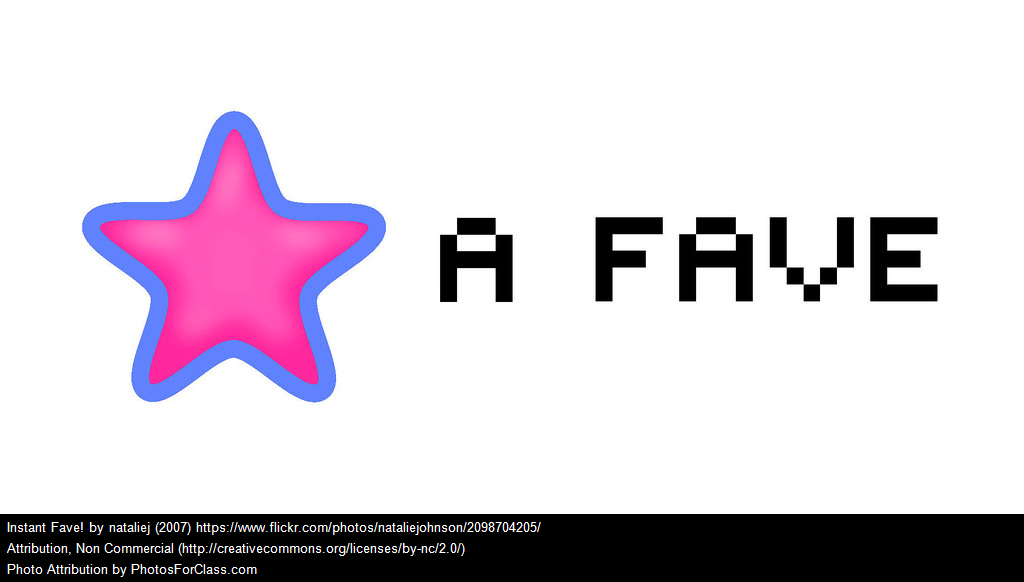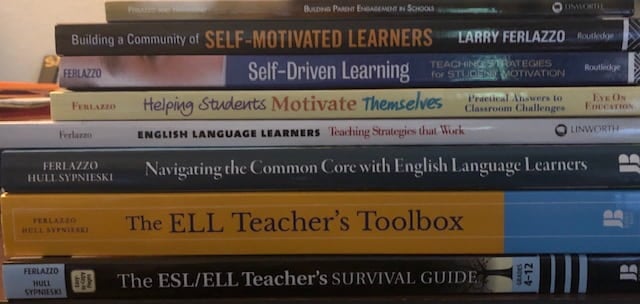Key points:
Coding programs help students reach personal and academic goals
Robotics plays a key role in early STEM education
How computer science education bridges the digital divide
For more news on coding programs, visit eSN’s STEM & STEAM hub
When our middle school started offering a robotics course to its students this year, it was a pretty big deal. I’d used a gamified coding platform in my previous district and figured it would be a good fit for my new school.
During COVID, the platform provided a virtual option so students could still participate in robotics, and I’ve been using it ever since. Even though it was a hard year to do anything in person, the computer science and coding platform helped keep our students interested in robotics.
I was also familiar with the vendor’s robotics competitions and felt they would enrich the robotics program we wanted to start here. When I took this position, we didn’t really have anything related to robotics, so we were looking for ways to get students in eighth grade into a CTE pathway.
The plan has worked out very well so far. Here are five ways our gamified coding and robotics platform is helping to prepare students for success in college and the work world:
1. Aligns with state standards. Texas has adopted curriculum standards that are used in all the state’s public schools. Adopted by the State Board of Education, the current Texas Essential Knowledge and Skills (TEKS) standards outline what students will learn in each course/grade. With full alignment to the revised TEKS for Technology Applications and robust teacher support for interdisciplinary lessons, the CoderZ courses make it easy for educators to integrate computer science into core subject learning and give teachers the resources they need to build a strong foundation for technical and engineering career pathways.
2. Flexible curriculum that integrates with other platforms. We’re currently using the provider’s Cyber Robotics 101 and 102 along with the physical Lego SPIKE education kits. The coding is in Blockly, and students can also use Python LEGO. We’re just getting our feet wet with robotics instruction and planning to make wider use of the computer science and coding platform in the near future. We use the platform in conjunction with LEGO, because the two function similarly, and emphasize our robotics course. Those two platforms hit our TEKS standards, so we’re using them together.
3. Gives students real-world knowledge and experience. The robotics course is currently an elective offered to students in eighth grade and includes lessons and pathways that students must follow in order to collect energy cells. We’re using that to help us teach them about compliance with safety guidelines and how to stay safe when you’re dealing with hazardous materials. For example, students have to consider whether it’s going to be safe for a human to carry a cylinder of acid from point A to point B, or not. If they program this robot to carry it from one location to another location, and dispose of it properly, students learn that a robot can safely manage the task without putting a human being in harm’s way.
4. Meets students where they are. We really like the platform’s student-paced learning, and how it easily adapts to individual students’ needs and capabilities. One new student who had no prior experience with coding or robotics–and who was coming from a different school–was able to jump into the robotics class and start learning right away. Concurrently, the teacher was able to continue the lesson for the rest of the class, all while that student caught up via a self-paced program.
5. A turnkey platform that’s easy for teachers to learn and use. Our platform offers a turnkey computer science and coding platform that shepherds students through the learning process. It’s mostly hands-off for the teachers. With every single lesson, the student does the programming and, if it’s done correctly, they get the credit and move on to the next part of that lesson. It’s that easy. Teachers can also set up the platform’s curriculum differently based on the students’ needs, including a purely chronological sequence (from 1 to 15) or one that allows them to complete the lessons in any sequence that they’d like.
Start small, grow as you go
Going forward, we plan to encourage students to work a bit faster in the program in order to get through both Robotics 101 and 102 before they graduate. This will help set them up for success as they enter high school. I’d tell other districts that are just getting started with their own robotics and coding programs to start small and to avoid biting off more than they can chew. That’s why we opted to use our online provider’s Cyber Robotics 101 and 102 first, with a plan to add more coursework in the future.
When our middle school started offering a robotics course to its students this year, it was a pretty big deal. I’d used a gamified coding platform in my previous district and figured it would be a good fit for my new school. Coding and Robotics, Featured on eSchool News, STEM & STEAM, coding, computer science, district, goals, help, IT, middle school, new school, news, online eSchool News










